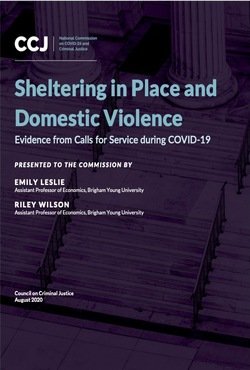By Naomi Pfitzner · Kate Fitz-Gibbon · Sandra Walklate · Silke Meyer · Marie Segrave
This open access book brings together leading international violence researchers to examine the impact of the coronavirus pandemic on experiences of, and responses to, domestic and family violence. In April 2020 the United Nations predicted that for every three months the COVID-19 lockdowns continued an additional 15 million cases of domestic violence would occur worldwide, termed the "shadow pandemic". Drawing on empirical work situated within an international context, this book presents evidence alongside country specific case studies to provide a global exploration of how women’s insecurity increased during this global health crisis at the same as their access to support services reduced. It provides a timely analysis of the degree to which the pandemic and associated government restrictions impacted on women’s experiences of violence with particular attention to changes in its prevalence and severity, and in system and service responses to women’s help-seeking. In addition, the differential impacts of the pandemic in relation to the experiences of priority cohorts, including violence experienced by children and temporary migrant women is also explored. The key focus is on the nature, extent, and responses to the COVID-19 pandemic on service delivery, accessibility of support, and access to justice for women experiencing domestic and family violence.
Cham, Springer Nature (palgrave Pivot), 2023. 150p.








